The Stone Age to the Iron Age
British history at Key Stage 2 starts with the Stone Age. Historians and archaeologists disagree about when exactly the Stone Age started and ended, but an estimated date according to evidence is around 8-10,000 BC until 4000BC. Cheddar Man is the oldest complete human skeleton to be found in Britain, dating from 7150 BC. The Iron Age starts in around 200BC and has continued ever since! This unit therefore covers at minimum 8-10,000 years of history – you cannot possibly cover everything, so you have to pick and choose your enquiry question carefully. The emphasis of the unit of study is upon change which can be a useful guide to help you focus planning.
Sort by:
Date (Newest first) | Title A-Z
Show:
All |
Articles |
Podcasts |
Multipage Articles
-

Pull-out Posters: Primary History 69
ArticleClick to view -

Recorded webinar: Teaching Prehistory
ArticleClick to view -

Rethinking the Stone Age to Bronze Age
ArticleClick to view -
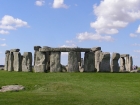
Stone Age to Iron Age - overview and depth
ArticleClick to view -
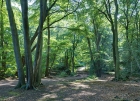
TREE-mendous history!
ArticleClick to view -
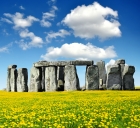
Teaching pre-history outside the classroom
ArticleClick to view -
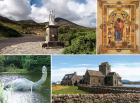
Teaching ‘these islands’ from prehistoric times to 1066
ArticleClick to view -

The Amesbury Archer
ArticleClick to view -

The Bronze Age: what was so special about copper and tin?
ArticleClick to view -
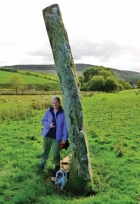
The Standing Stone
ArticleClick to view -

The potential of primary history
ArticleClick to view -

Turning technology: making life better in Iron Age Britain
ArticleClick to view -

Using ancient monuments to help teach about pre-Roman times in Britain
ArticleClick to view -
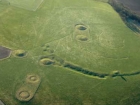
Using the back cover image: Windmill Hill
ArticleClick to view -
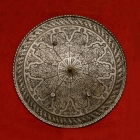
Who's afraid of the Big Bad Bronze Age?
ArticleClick to view -

Why we need to teach about the history of trees and woodland...
ArticleClick to view

